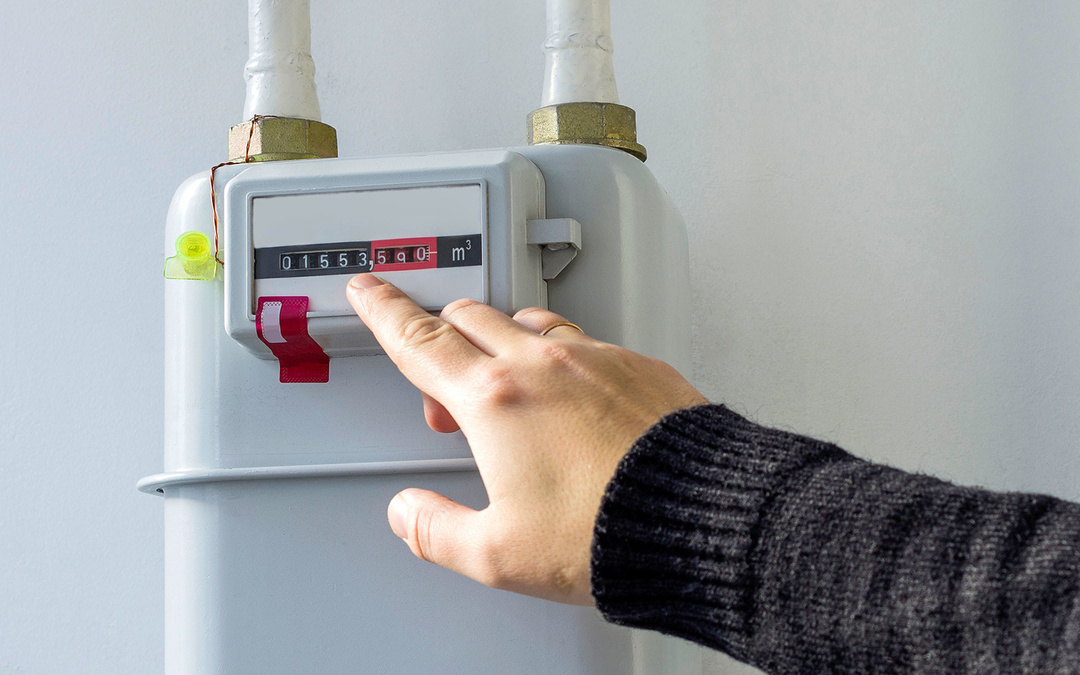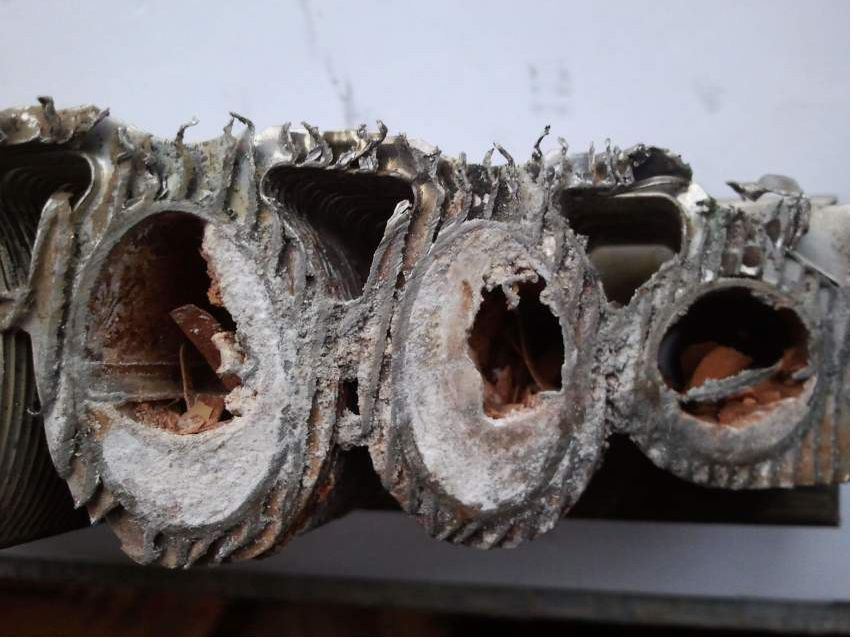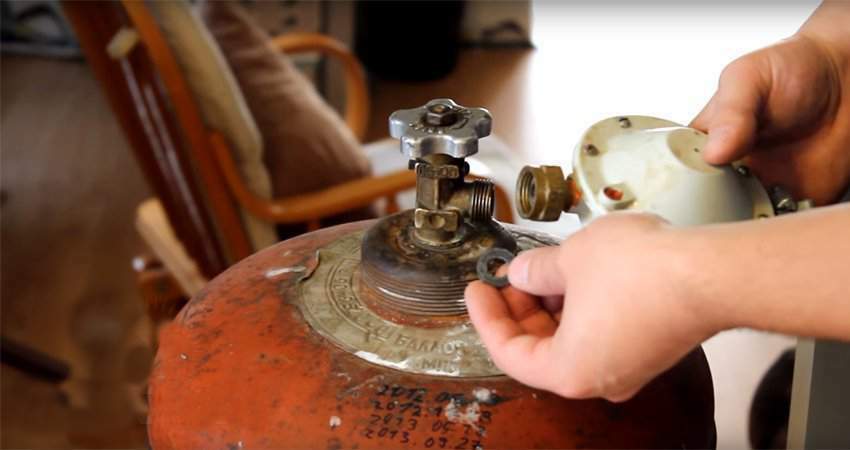The use of "blue fuel" for domestic use has a significant drawback - the complexity in the implementation of delivery and storage. This drawback is overcome thanks to the Gasometer - "vat" for hydrocarbon liquefied gas.
Arrangement autonomous gasification obeys coving requirements and regulations. Paramount need to estimate the parameters of the site, to determine the distance from the gas holder to a residential house, the nearest buildings and communications.
The content of the article:
- Qualification portion: mounting possibility gasholder
- Fire safety distance to objects of protection
- Volume - defining parameter remoteness buildings
- location of underground gas tanks norms
- Nuances terrestrial reservoir assembly
- Placing mobile gas storages
- A set of requirements for gas pipeline
- Safe operation of the gas tank
- Useful videos on the topic
Qualification portion: mounting possibility gasholder
Backbone gasification of remote villages have not yet been completed, and many communities remain comfortable "blue fuel". Alternative centralized gas supply solution - installing and equipping a gasholder autonomous network.
Gasometer - monolithic storage capacity of natural gas. Structurally, the reservoir being in the form with the neck of the tank. In the upper portion has elements that control the pressure of fuel and a residue.
Undoubtedly, the operation of any gas equipment entails a certain risk, therefore, to the location of the gas tank and installation technology to meet a series of requirements.

Plot gas storage unit is estimated by the following criteria:
- relief;
- the composition of the underlying and surrounding soil layers and the proximity of groundwater;
- the presence of water intake points, residential, commercial and public buildings.
Relief. Selected for mounting area must be flat. This requirement is especially important when installing ground modifications - installation on the slopes is forbidden.
Priming. Acceptable placement of the gas storage facility in the ground arrays with different moisture contents. The physical and mechanical properties of rocks will depend on the convenience of carrying out earth works and the choice of the type of the gas tank.
In the absence of risk of flooding reinforcement pattern can be used without a high neck. As an alternative approach the tank where the taps are attached to the welded socket length of 12 cm - this "safety" height, if there is any doubt on account of flooding.

Water - an excellent conductor of heat waves, and the evaporation of propane-butane mixture determines the temperature of the medium. The higher the index - the more intense process. Installation work in malovlazhnyh rocks easier, but the environment for normal operation of the gas tank less favorable.
Dangerous can be krupooblomochny soil, especially if its components are slightly rounded, ie with sharp edges. Boulders, pebbles and gravel large complicate the installation of equipment, and plenty of gravel and gravel creates an additional burden on the pipeline. In any case, by setting the gas holder is designed pit, which is recommended to fill river sand quarry or dipping after construction.
Proximity to the water intake sources. According to the construction regulations minimum distance from the gas tank to the reservoir (wells, wells) - 15 m, a water main to - 5 m.
The proximity of the buildings. Fireproof distance from the containers with liquefied gas to structures identified in paragraph 8.1.6 normative document "Gas Distribution System" (SNP 42-01-2002). This issue in the following section.
Gasometer practical place close to the gate for a smooth entrance and LNG tank filling.

Further, unacceptably concreting or paving site, as well as the organization of the parking space and tree planting.
Fire safety distance to objects of protection
Determining the optimal location gasholder the area depends on the volume of the tank and its installation method: underground or above-ground installation. For each option defined strict rules, which is unacceptable disregard for explosive, environmental and fire protection requirements.
Volume - defining parameter remoteness buildings
The correct choice depends not only on the volume of container locations on the site, but also ease of use. gasholder displacement is chosen so that one filling is enough for 1-1.5 years. volume calculation is based on the area of the house.
According to the standards for heating housing 1 sq consumed 20 liters of "natural gas" in the year. If gas is simultaneously used for cooking, a hot water supply, then the index is increased to 27 l / year.
Knowing the size of the house and the tenants needs, is easy to perform the calculation. For example, for the cottage 200 sq gasholder suitable volume of 4000 l.
Alternative - determining power boiler plant pot size. For example, for boiler 50W need gasholder to 5000 liters.

location of underground gas tanks norms
For year-round operation in cold winters it is necessary to choose the underground "storage". The module is immersed below the frost line, which supports natural evaporation of gas at sub-zero temperatures outside.
General norms distance from underground storage tanks of all sizes:
- playgrounds, children's complexes, garages - 10 m;
- underground conduit of a heating, sanitation - 3.5 m;
- external communications, are not included in the backup equipment group - 5 m;
- Slower edge of the carriageway of the road 1-2 strips - 5 m;
- motorways and expressways in 3 or more bands - 10 m;
- driveway tram track, railroad tracks production values - 10 m.
Distance from the buildings with various purposes determined by the capacity of the tank for LPG. Gradation provides values for "storage" in volume: up to 10 m³, 10-20 cubic meters, 20-50 cubic meters

Different standards are provided to the "storage" with respect to the installation of production facilities. The range of distances - 8-15 m and to regulate the distance of general purpose railway tracks -. 20-30m regardless of displacement gasholder.
SNP permits a reduction of the interval between a residential building and "gas vat" at 50%. However, this solution must be justified for technical reasons and is in accord in the local unit of gas distribution systems.

Except as required by the remoteness of the gasholder from different objects, provides a list of rules for the regulation of underground "storage":
- fitting depth - not less than 60 cm from the top wall of the tank to the ground surface;
- distance between subterranean gasholders - at least 1 m;
- the neck and fitting capacity must remain easily accessible.
Regardless of engine capacity underground tank is mounted on a base - a concrete slab. The base prevents "from floating" tank in the case of ground movements.
Nuances terrestrial reservoir assembly
Using ground gas tank has several significant advantages: simplicity, speed of installation and the reduction in the intensity of corrosion of metal. Local damage easily detect and correct time.
However, this type of equipment is rarely used for water supply of private homes. The main reason - a significant reduction in system performance in winter. At sub-zero temperatures (below -0,5 ° C), liquefied natural gas is vaporized by. To maintain the required process gas holder casing evaporator. With low consumption of "blue fuel" capital investment in the gasification of a long payback.
In view of the ground placement, the requirements for fire protection distances from gas storage to buildings and other facilities more stringent.

Additional restrictions on the location of the ground "gas tank":
- rail road general purpose - 25-30-40 m in accordance with the volume;
- tramway and railway routes of the local destination - 20 m;
- road category IV-V (lanes 1-2) - 10m, I-III category (3 lanes) - 20 m.
For safety reasons, gas holder above the settling kind of open cap that protects the unit from direct sunlight and precipitation. Overheating tank or lightning can cause an explosion, and rain and snow to accelerated corrosion.
Placing mobile gas storages
Mini gasholder - roomy gas cylinder up to 500 cubic meters, equipped required for safe operation of the valve: gear, level and pressure relief valves. The equipment is characterized by compact dimensions, e.g., vessel parameters x 480 L: length - 2 meters, diameter - 60 cm.
When used properly, the term "balloon" service is the same as Full gas tank. Mini model located stationary or mounted on a trailer, which ensures the mobility of the gas storage. Filling capacity available locally or at gas stations station.

According to the joint venture 63.13330 from 2011, the minimum permissible distance from the house to a small gas tank, namely placement directly against the wall. The remoteness of the equipment of other protection facilities is not stipulated.
Mini-gas tanks in demand for standalone gasification facilities with relatively small or seasonal fuel consumption: country houses, heating pads cafe fairing. The tank is often used as a backup source of gas in the event of disruption of the central highway.
A set of requirements for gas pipeline
Certain standardized norms imposed and to the arrangement of the gas pipeline running from the gas tank to the house. The gas supplied into the space of the underground pipe through the ground input. Safety regulations prohibit the entry of the gas pipeline in the house by underground.

General requirements for laying gas pipeline line on the "home-gasholder":
- rut depth - not less than 1.7 m;
- the width of the trench - strict limitations is not provided, the value depends on the square footage of the pipeline and soil quality;
- minimum inclination towards the condensate - 1 cm to 1 m (not greater than 5 °), the maximum gravity layer - 100 mm;
- away from the core to the foundations of buildings - 2 m or more;
- distance to the parallel placed Communications - 1 m, with a cross arrangement - 2 m in height.
Underground line pipeline assembled from pipes of high density polyethylene with a content of nitrile. Ground pipe - steel gas pipes. The polymer pipeline should not reach the point where the ground temperature is lowered to -20 ° C or less.

Safe operation of the gas tank
Despite all the advantages of autonomous gasification, deters many consumers thought about the risks of storing flammable substances in the area near the house. To ensure safety is not enough to sustain the required distance during installation, you must comply with all the conditions of filling, operation and maintenance of the installation gasholder.
Operational procedures:
- Saving inexhaustible reserve - about ¼ of the volume. When using all the fuel in the vessel creates a vacuum in the further filling with violation of explosion technology.
- Filling the gas tank only specialized company. Slight savings in the services of unskilled "gasman" could cause a fire.
- Control of the safety valve. Timely troubleshooting prevent emergency.
- Prevention of leakage of gas. Streaming "natural gas" most dangerous - propane-butane mixture "spread" across the bottom, since it is heavier than air.
Probability fuel leak exists if damaged tank valve malfunction, unskilled repair or refueling, as well as hermetic connection elements the gas distribution system.

Mandatory precautions include the use of means of lightning protection and grounding. Near the gas tank unacceptably conducting welding, kindling fire.
Useful videos on the topic
Video report of the installed gas tank for maintenance of a private house. The review deals with the rigging equipment that ensures the safety of use and permissible distance to the object in the area:
One of the main requirements of the safe operation of the gas tank - compliance with the normalized distance from a dwelling house and other facilities to gas storage. When unsatisfied conditions of some leniency portion permissible distances relative to the boundary. Assessment of the location and holding of assembly are best left to a specialized company.


